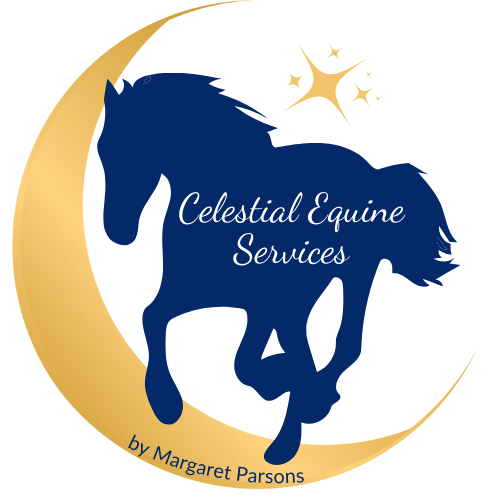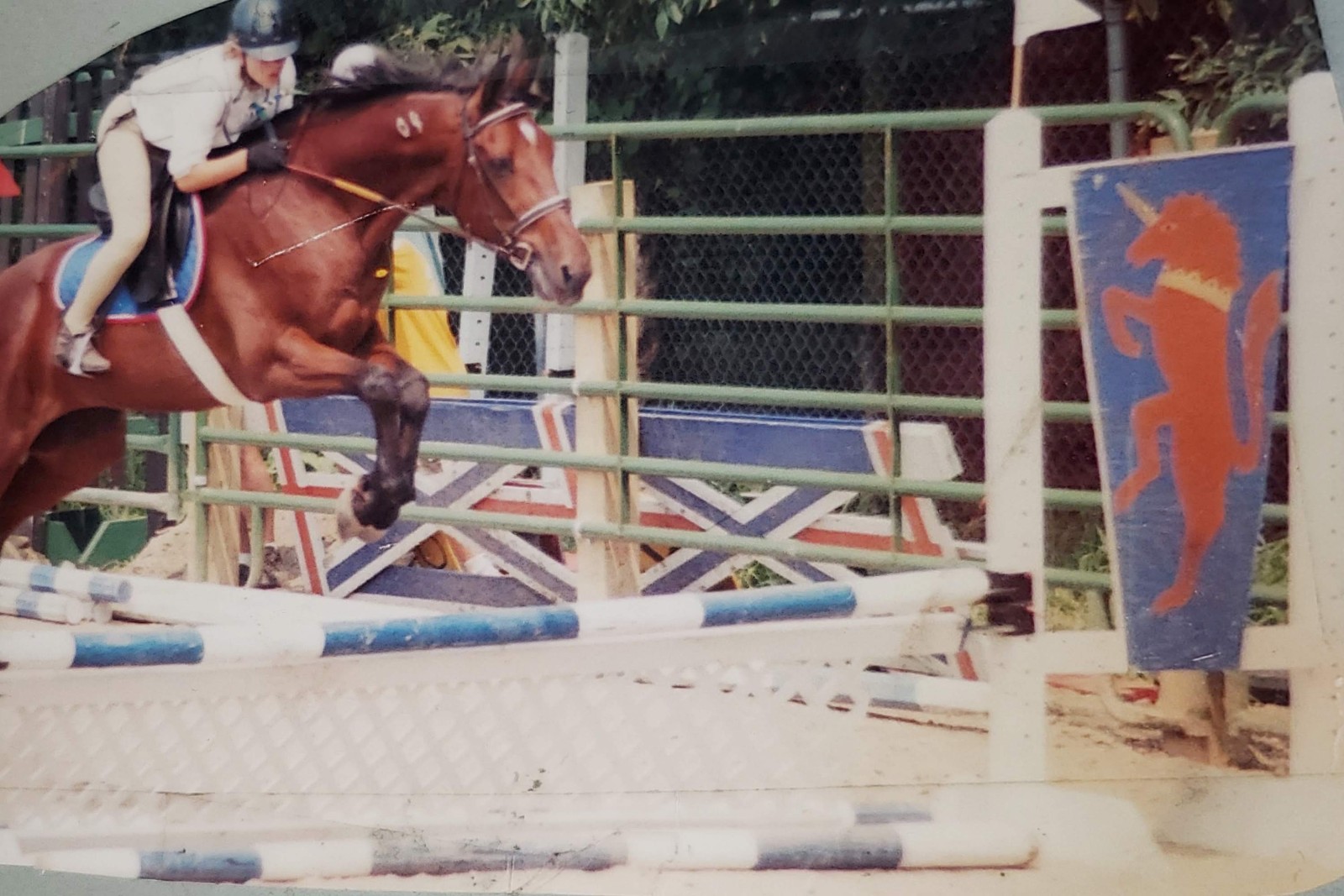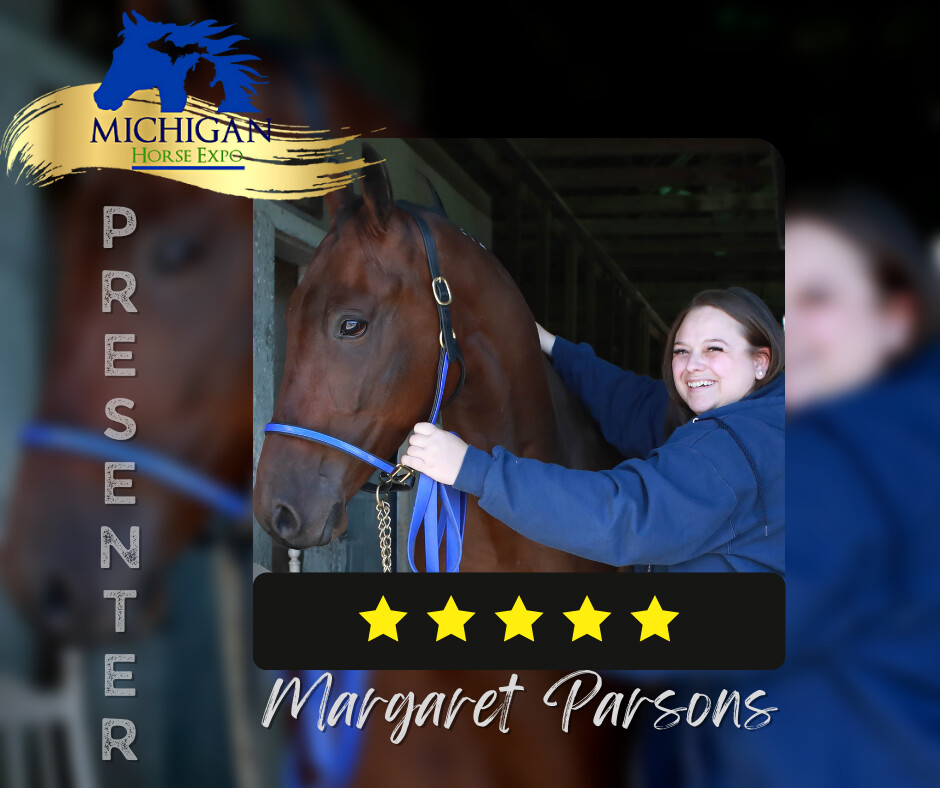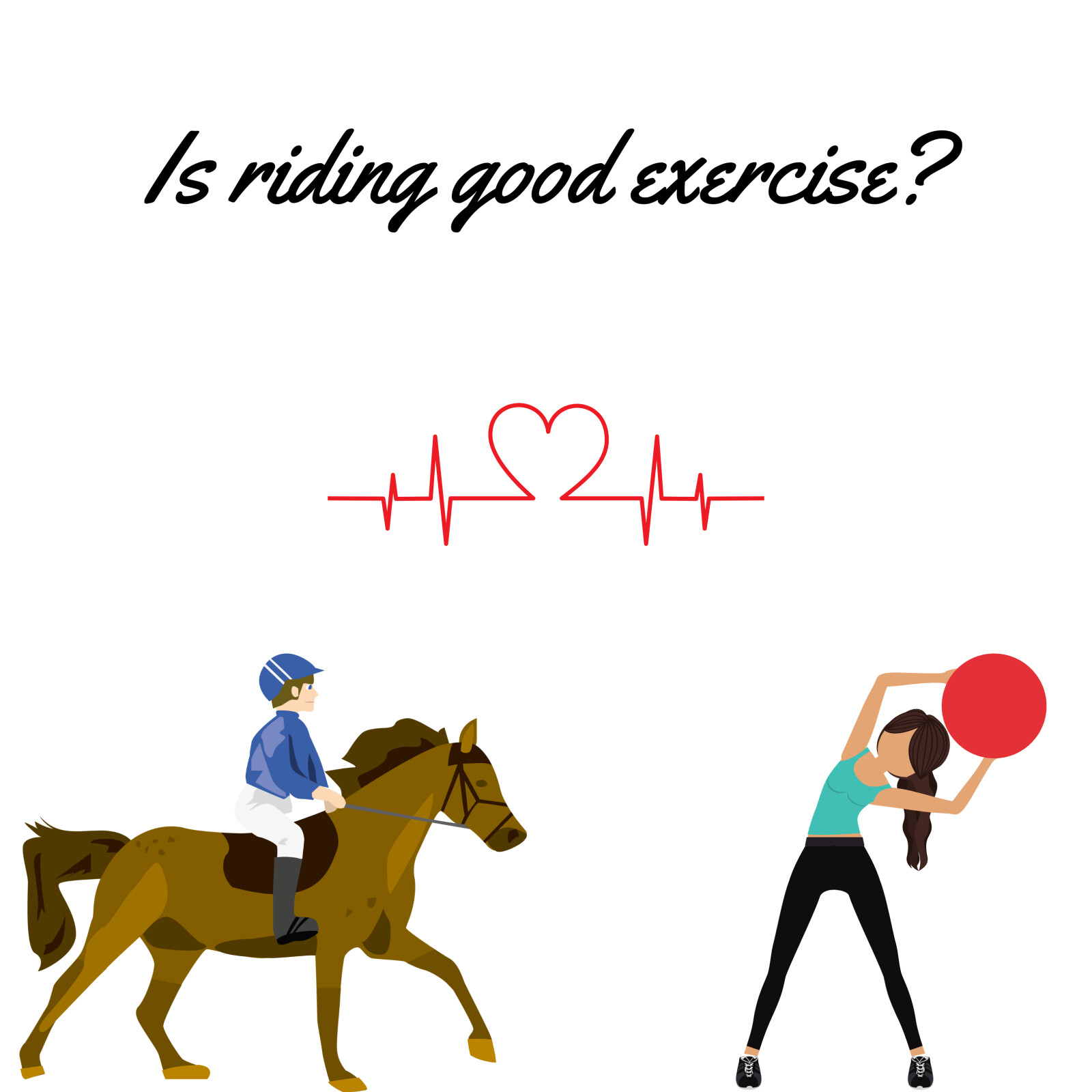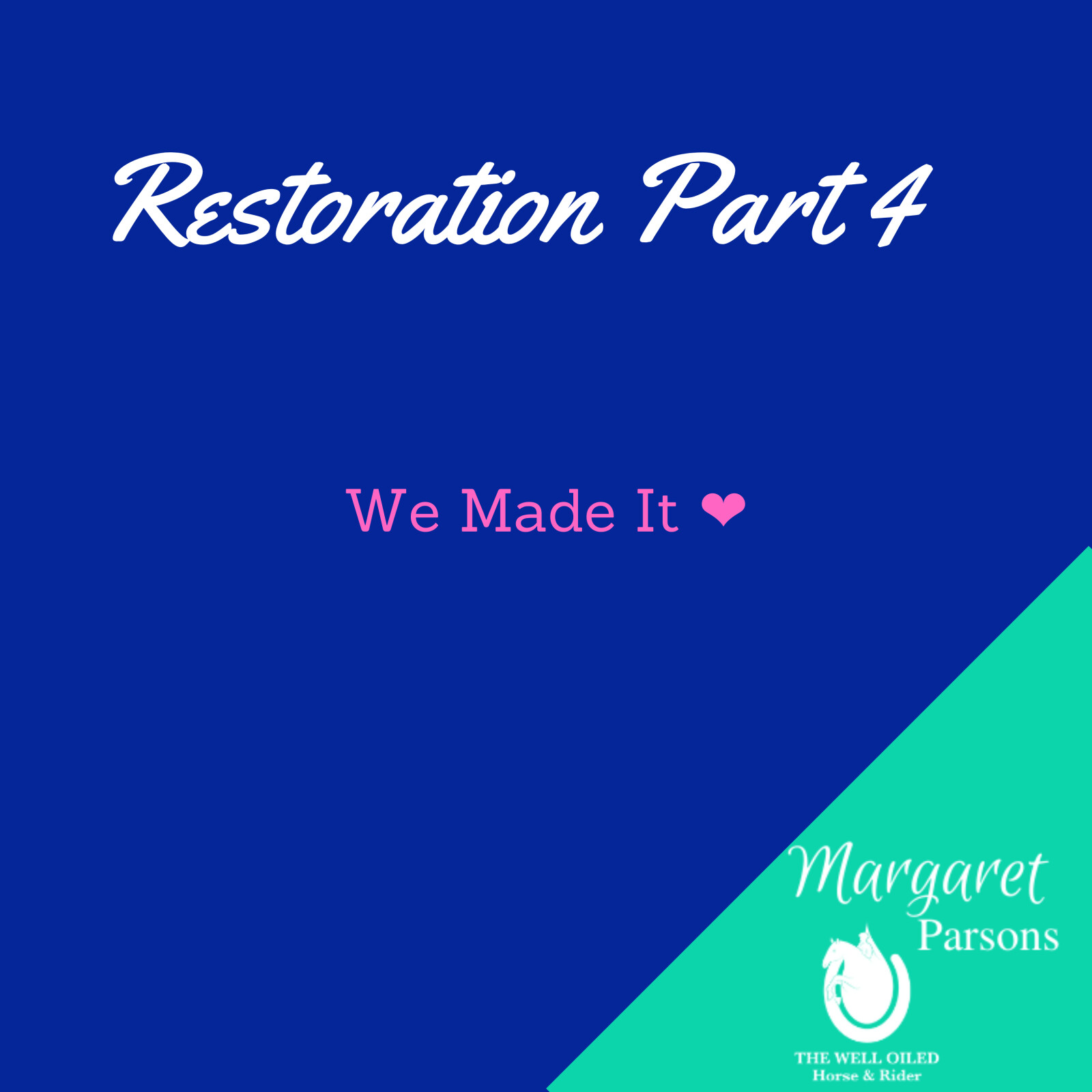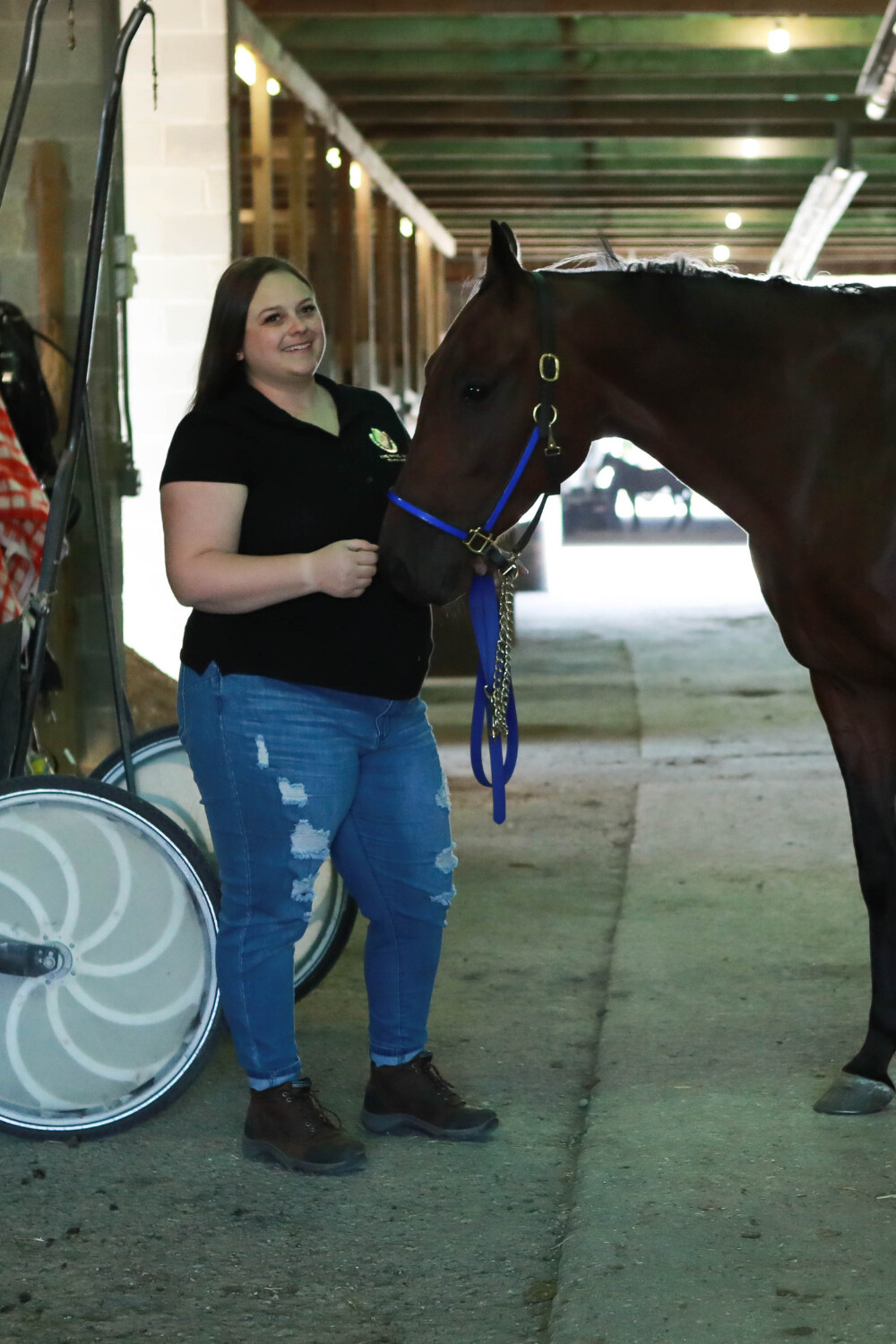
I remember the first time I experienced rage with my horse. it was one of the first times I truly experienced rage- I was about 15. I don't remember what it was that triggered this particular bout of rage, but I can tell you that whatever the trigger was, it wasn't responsible for the entirety of the emotion. Even while in the midst of my rage, I could sense that there were underlying emotions contributing to how I was feeling. That was the first time I had an outburst that scared my horse. That was the first time I had completely and utterly failed him as a leader.
Our horses (and dogs!) look to us for leadership. Being a leader to our animals is not about being in charge and making the decisions because you are the owner. Instinctually, our horses for stability, wisdom, and calm from their leaders- and those qualities are how leaders are chosen! Are there occasionally fights for dominance? Sure, but only if there is more than one potential leader that is stable, calm, and wise.
The minute we lose our cool in front of our animals, that is the moment they know we are not quality leader material. And each time we experience rage, we start to lose that sense of underlying causes. We get so wrapped up and consumed with the rage that we often forget about other things or just translate other emotions into rage.
I have walked this path for over 15 years and now that I have figured out how to truly control my rage, I have seen how dramatically different life can be on the other side.
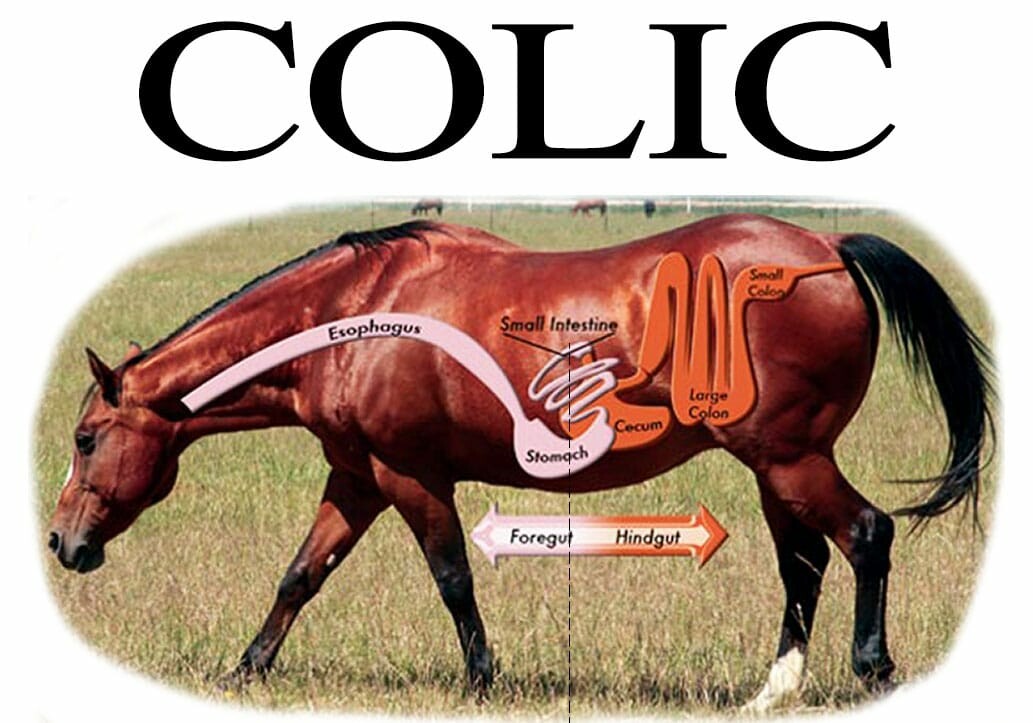
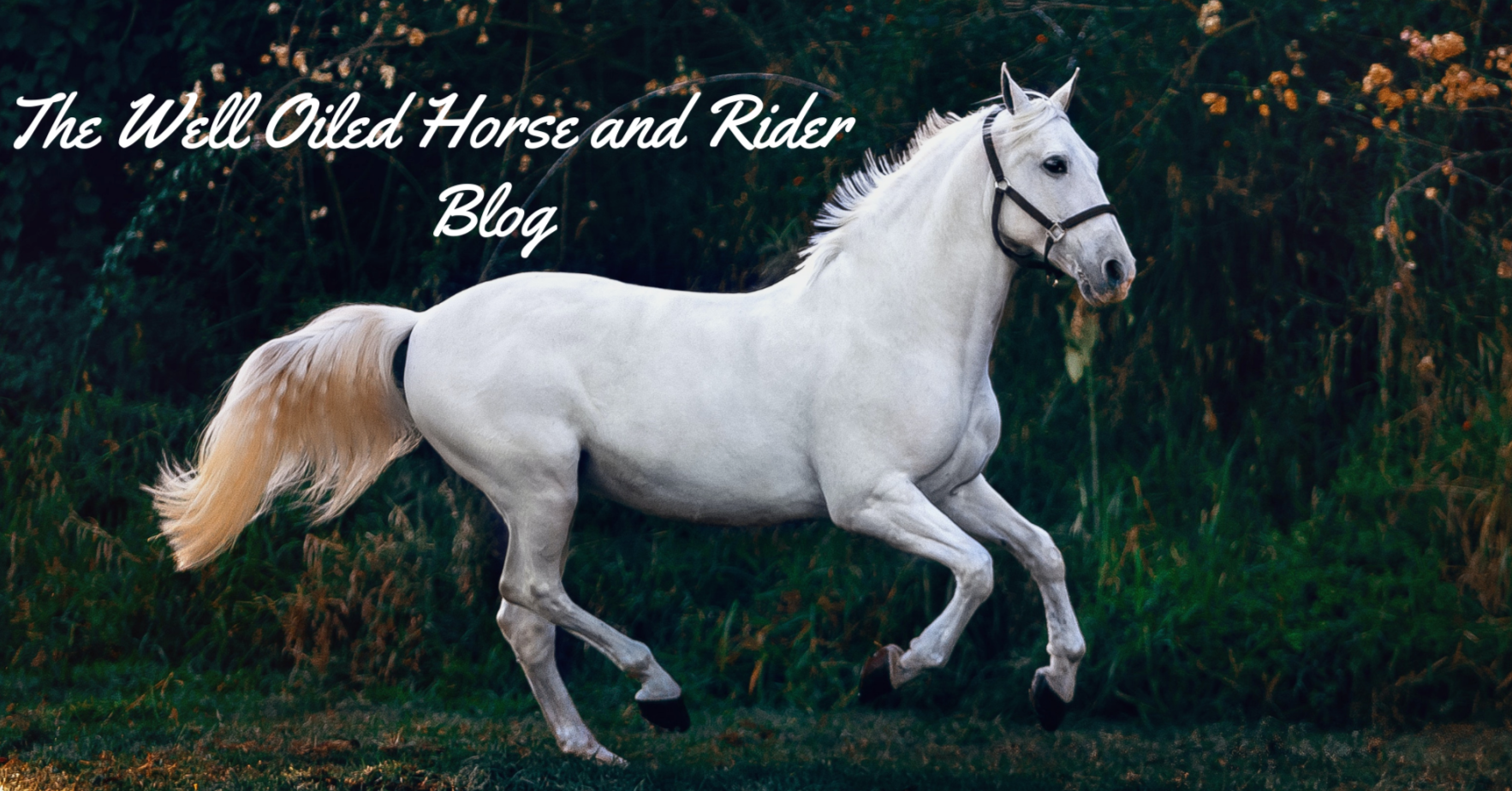
First and foremost, if you see your horse displaying signs and symptoms of colic, call your vet. Colic cases can become more severe in the blink of an eye and crucial decisions with the help of your veterinarian will be invaluable in that situation.
- persistent rolling
- kicking/ biting at the stomach
- insistent pawing
- stretching
- heavy breathing
- sweating
If your horse is colicing and you have called the vet and taken your horse's vitals, apply either Peppermint or Digize essential oil to your horse's stomach (near where the umbilical cord would have been). I would recommend putting a few drops of the oil of your choice into the palm of your hand along with some coconut, almond, or olive oil to avoid any skin irritation for your horse. You could also apply a couple drops to your fingertip and then rub that on your horse's gums.
Now, while you are waiting for your vet to arrive, your horse has the support it's body needs to heal and rectify the situation. Is this a cure-all for colic? Absolutely not. However, it offers added support to the horse that is much needed in the desperate situation that colic causes a horse.
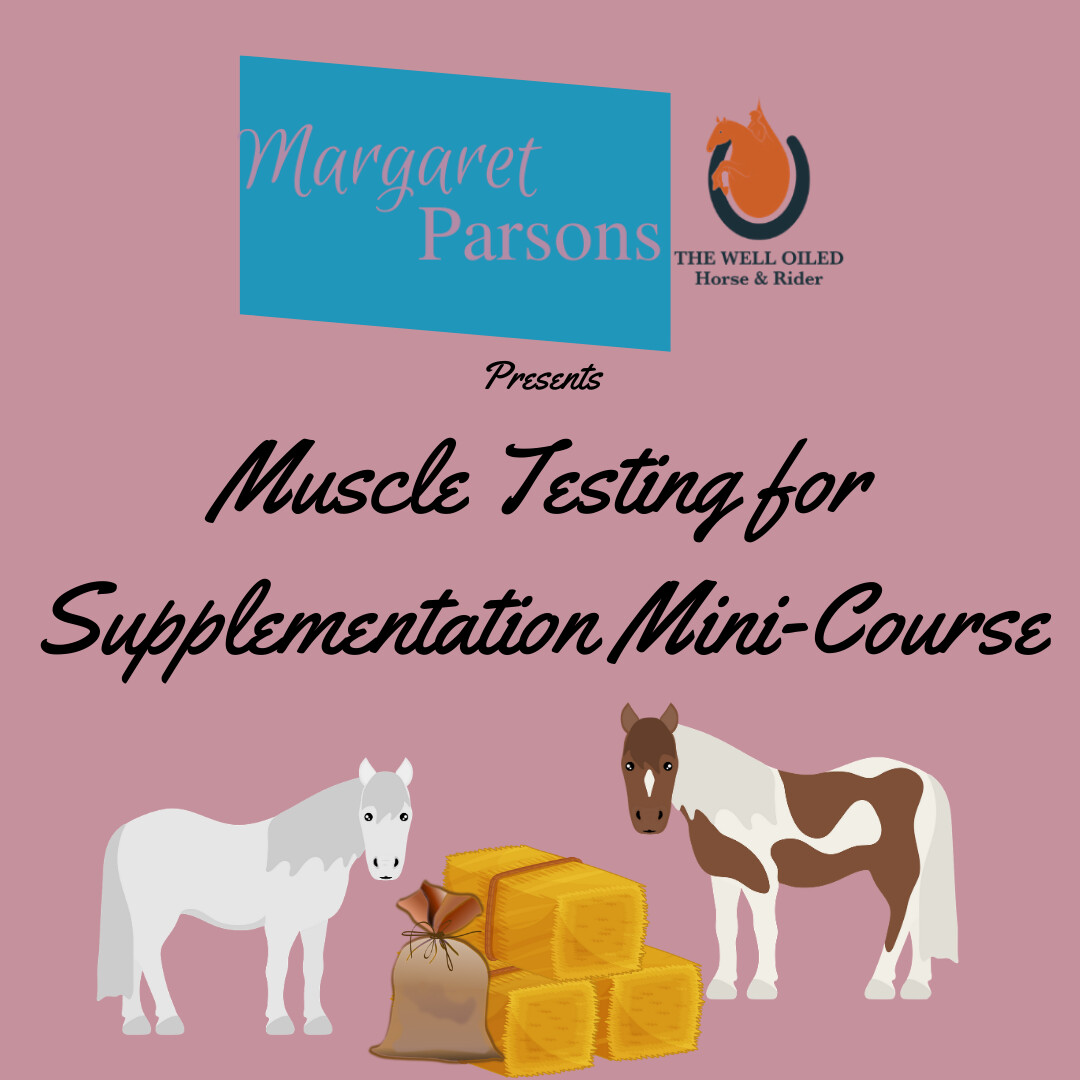
This is one of the most frequent questions I get asked.
For years, it was such a tricky answer- I mean, it totally depends on your horse and why you think your horse even needs supplements.
Not every horse needs supplements- that is potentially good news for your wallet, right?!
The best possible situation is that your horse can get everything they need nutritionally from their food… but how do you know if the food you are feeding is the best option for your horse?
It is important to realize that horse supplements (just like human supplements) are often not bioavailable for the horse's body to absorb and use easily like the same nutrients that are absorbed through foods.
Knowing what supplements to feed is still tricky and very individualized. I honestly think that this is one of the most complex topics in the horse world, but it is just a part of the puzzle.
Nutrition affects more than just body weight and coat shine. It affects behavior, pain levels, the horse's ability to heal, and even how horses interact with each other.
So... HOW THE HECK DO YOU KNOW WHAT TO FEED YOUR HORSE?
First, get as much knowledge as you can whenever you have the opportunity.
Second, Muscle Test.
This is the explanation I received in an email from Discover Healing:
“Muscle testing is a noninvasive tool that can help us identify imbalances in the body. The science behind it is similar to a lie detector test or a polygraph. In a polygraph, a person is hooked up to sensitive electrodes and asked specific questions. The person's answers generate a certain electrical response in the body, which is read and graphed by the machine to show whether the answers are true or false. This is done on a very delicate, minute scale. The muscles of the body are also affected by this electrical state. Muscle testing is designed to use those effects to show this same kind of response, just on a larger and more pronounced scale. The principle is that any muscle becomes weakened in a state of incongruence or falsehood (like a lie on a lie detector test) making resistance difficult. Conversely, muscles remain strong and able to resist when in a state of congruence or truth. What's nice is that muscle testing allows us to access important information about health. We just have to know what questions to ask, apply the resistance to a muscle, and then gauge the response to get our answers!"
I use muscle testing constantly in my daily life to determine my needs, my family's needs, and my dog's needs. I also use muscle testing as an emotion code practitioner and an equine massage therapist to determine what may be most helpful to my clients.
If you are ready to learn to use muscle testing to get your horse the supplements they need, I encourage you to join us in the Happy Horse, Happy Life Facebook group where we are doing a mini-course on using muscle testing to assess your horse's feed plan.
Also, grab my Free Guide to Muscle Testing for Supplementation: https://margaretparsons.com/landing/supplementation
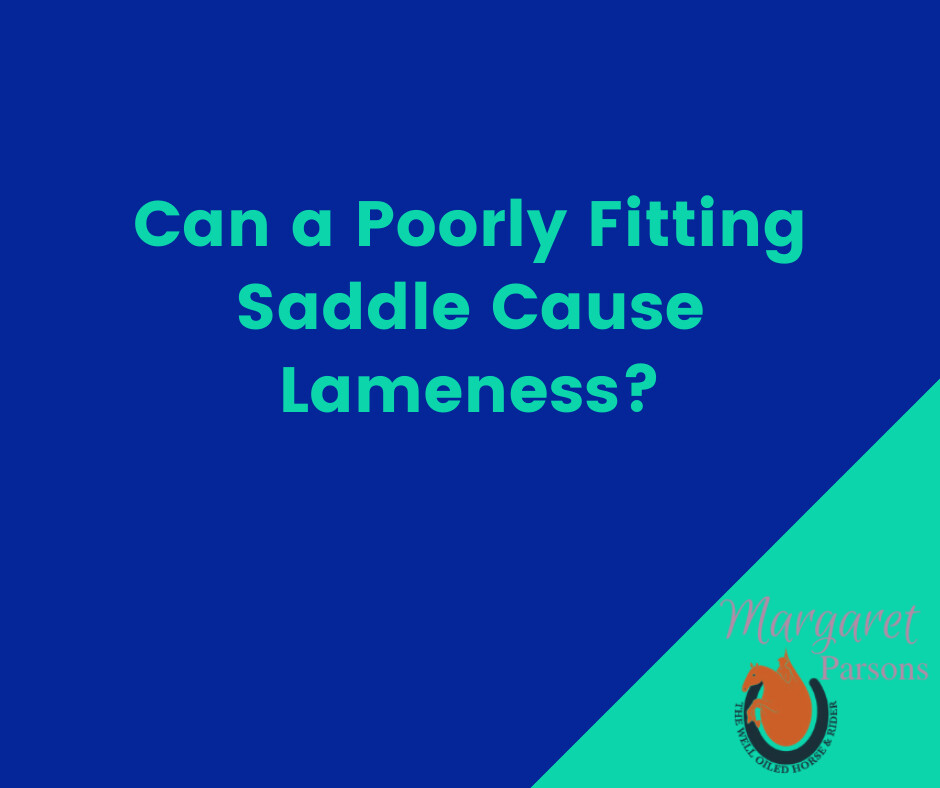
The longer answer is that it may take a while for the lameness to arise, but the damage is being done every time the horse is worked with the saddle- and it's worse when the rider is in the saddle.
What happens when a saddle doesn't fit?
The symptoms of a poorly fitting saddle can vary depending on the manner in which the saddle fits poorly.
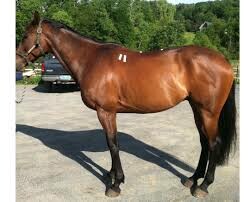
Another common symptom of an ill-fitting saddle is a poor topline. A saddle that is too narrow will restrict the blood flow to the muscles under the saddle and that will affect the entire top line. There will be over-developed shoulder and butt (semimembranosus/ semitendinosus) muscles and the muscles just behind the withers (thoracic trapezius) and the loin/croup will be atrophied.
Aside from the way the horse looks and the saddle moves, how will this affect the rider?
Having an ill-fitting saddle will cause your horse to be unable to use their body correctly. This will lead to pain- it could be relatively instantaneous pain or developed over time depending on the saddle fit issues.
The horse with an ill-fitting saddle will struggle to pick up leads, will not be able to lift his back, be incapable of lifting the front legs to jump without knocking poles, and in general- struggle with back soreness and lameness,
If the saddle fit problem is coupled with saddle placement issues, the rider will struggle to find balance and bounce harshly on the horses back.
All and all, if the saddle doesn't fit right and isn't in the right place, you will struggle to have good rides with a pain-free horse that is capable of doing even the simplest movements that you ask of them.
Are you concerned your saddle is the problem, but not sure how to find a properly fitting saddle? I have a FREE mini-course in my Facebook Group- Happy Horse, Happy Life- Check it out 🙂
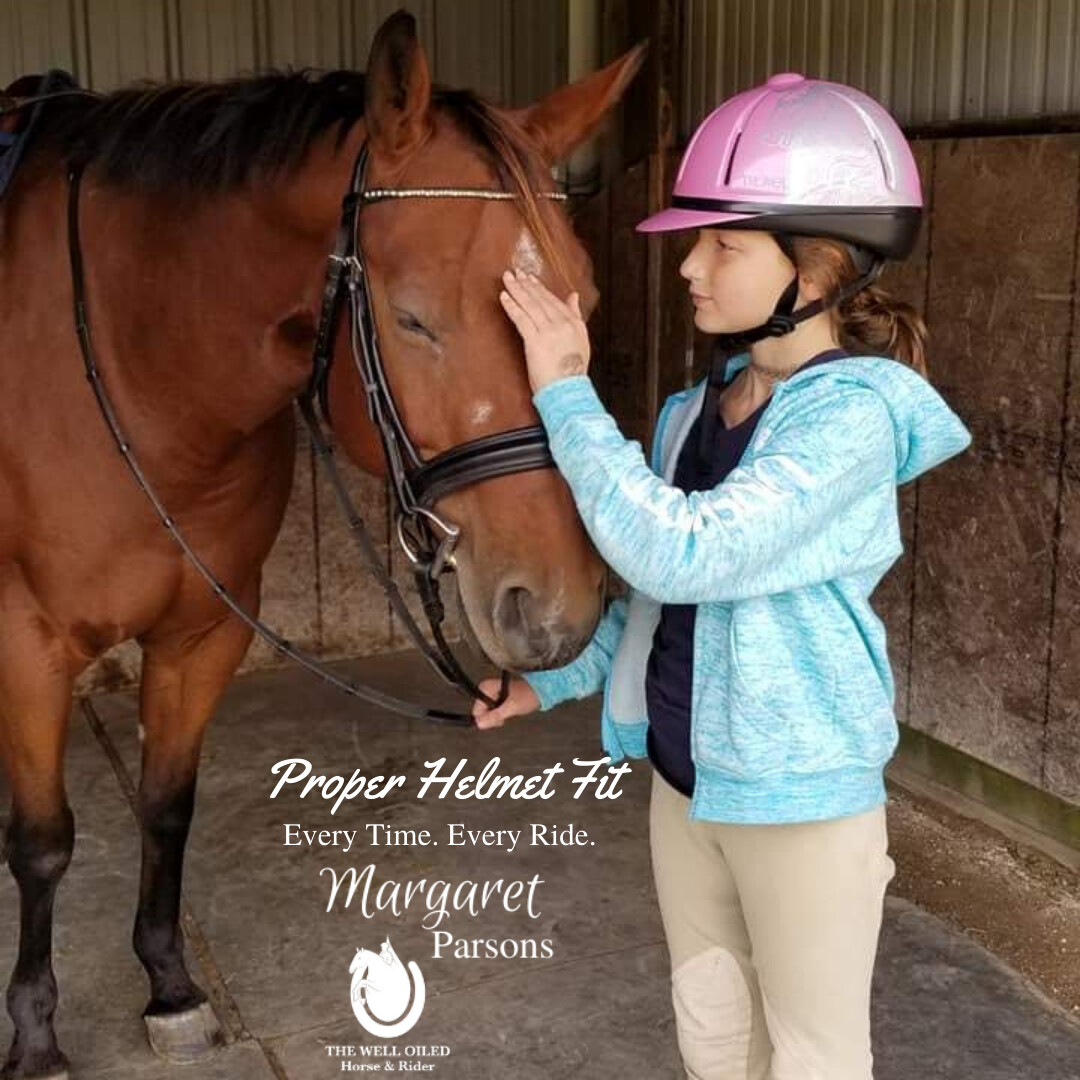
I get the feeling that this is not a popular opinion: Helmets should be worn, every time, every ride, and on every horse.
If you are new to helmets or new to horses (or both!), this is for you 😉
When measuring your head, use a flexible measuring tape. Wrap it around your forehead about one inch above your eyebrows. Make sure the tape stays flat and even around your head as best you can. Your measurement in YOu will want to get the measurement in centimeters (that's the hat size 😉). Check out the individual manufacturer’s websites for a size chart.
Some helmet styles will have a built in fitting system- something that will dial in the size to ensure that your helmet is snug. I suggest expanding this system to its largest setting and making sure that the chin strap is let out as well. Once you have the helmet on your head, tighten both the chin strap and the fitting system. If the helmet you're trying has extra padding instead of a fitting system, start without the extra pads and add as needed.
The brim of the helmet should be about an inch above your eyebrows and you should feel even pressure around your head. The chin strap should not be loose at all. It should be comfortable, but not drooping down either. Your helmet should be snug enough to remain on your head through the shake test (see the video above). If you find that you are getting a headache, your helmet is too small- adjust the fitting system/ pads, try a size up, or even a different model.
Want more tips from me and other experienced horse people? Check out the free group Happy Horse, Happy Life.
